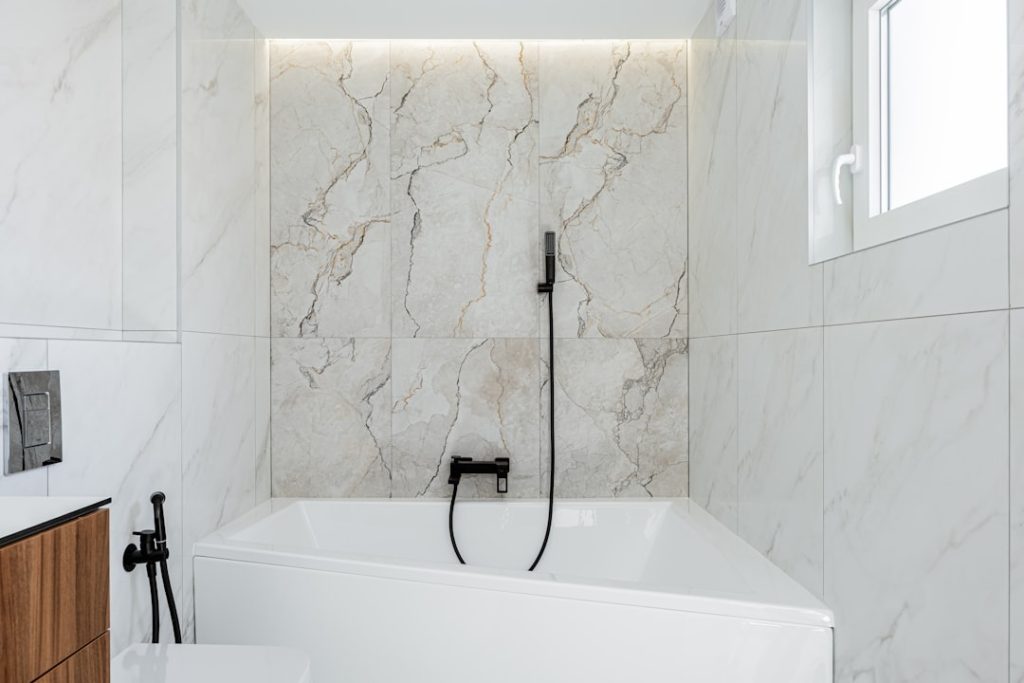Creating a budget is the cornerstone of any successful home renovation project. It serves as a roadmap, guiding decisions and ensuring that expenditures remain within a manageable range. The first step in planning your budget is to assess the scope of the project.
This involves determining which areas of your home require updates and what specific changes you envision. For instance, if you are renovating a kitchen, consider whether you want to replace cabinets, upgrade appliances, or simply refresh the countertops. Each of these choices carries different costs, and understanding your priorities will help you allocate funds effectively.
Once you have a clear vision of the project, it’s essential to research and gather estimates for materials and labor. This can involve visiting home improvement stores, consulting with contractors, or even browsing online marketplaces. It’s wise to create a detailed list of all anticipated expenses, including materials, labor, permits, and unexpected costs that may arise during the renovation process.
A common rule of thumb is to set aside an additional 10-20% of your total budget for contingencies. This buffer can be invaluable in addressing unforeseen issues, such as structural repairs or code compliance requirements that may surface once work begins.
Key Takeaways
- Plan your budget carefully to avoid overspending and prioritize essential expenses.
- Select cost-effective materials that balance quality and affordability.
- Weigh the benefits of DIY projects against hiring professionals for complex tasks.
- Maximize space and storage to enhance functionality without costly renovations.
- Use affordable finishing touches and repurpose existing elements to refresh your space economically.
Choosing Cost-Effective Materials
Selecting the right materials can significantly impact the overall cost of your renovation while also influencing the aesthetic appeal and durability of the finished project. When choosing materials, it’s important to strike a balance between quality and affordability. For example, laminate countertops can provide a stylish look at a fraction of the cost of natural stone options like granite or quartz.
Similarly, vinyl flooring has advanced in quality and design, offering a cost-effective alternative to hardwood without sacrificing visual appeal. In addition to considering price, it’s crucial to evaluate the long-term value of materials. Investing in high-quality materials may seem more expensive upfront but can save money in the long run through reduced maintenance and replacement costs.
For instance, energy-efficient windows may have a higher initial cost but can lead to significant savings on heating and cooling bills over time. Furthermore, sourcing materials locally can reduce shipping costs and support community businesses, making it a win-win situation for both your budget and local economy.
DIY vs Hiring Professionals

The decision between tackling a renovation project yourself or hiring professionals is often influenced by budget constraints, skill level, and the complexity of the work involved. DIY projects can be incredibly rewarding and cost-effective, especially for tasks like painting, landscaping, or minor repairs. However, it’s essential to realistically assess your skills and the time you can dedicate to the project.
For example, while installing a backsplash may seem straightforward, improper installation can lead to costly mistakes that require professional intervention later on. On the other hand, hiring professionals can provide peace of mind and ensure that the work is completed to a high standard. Skilled contractors bring expertise that can be invaluable for complex tasks such as electrical work or plumbing.
Additionally, professionals often have access to better pricing on materials due to their industry connections. When considering this option, it’s important to obtain multiple quotes and check references to ensure you’re hiring a reputable contractor who aligns with your budget and vision.
Maximizing Space and Storage
| Strategy | Description | Space Saved | Storage Capacity Increase | Ideal For |
|---|---|---|---|---|
| Vertical Shelving | Utilizing wall height to add shelves and storage units | Up to 30% | Up to 40% | Small rooms, garages, offices |
| Under-bed Storage | Using containers or drawers under beds for extra storage | Up to 15% | Up to 20% | Bedrooms, dorm rooms |
| Multi-functional Furniture | Furniture that doubles as storage, like ottomans or beds with drawers | Up to 25% | Up to 35% | Living rooms, bedrooms |
| Closet Organizers | Using shelves, rods, and bins to maximize closet space | Up to 20% | Up to 30% | Closets, wardrobes |
| Hooks and Pegboards | Mounting hooks and pegboards on walls for hanging items | Up to 10% | Up to 15% | Kitchens, workshops, entryways |
In many homes, especially those with limited square footage, maximizing space and storage is a critical aspect of renovation planning. One effective strategy is to incorporate multifunctional furniture that serves more than one purpose. For instance, a sofa bed can transform a living room into a guest space without requiring additional square footage.
Similarly, ottomans with hidden storage can provide both seating and a place to stow away blankets or games. Another approach is to utilize vertical space effectively. Installing shelves or cabinets that reach up to the ceiling can draw the eye upward while providing ample storage for books, decor, or kitchen essentials.
In kitchens, consider using wall-mounted racks for pots and pans or magnetic strips for knives to free up counter space. Additionally, built-in storage solutions such as under-stair drawers or window seats with storage compartments can make use of otherwise wasted areas in your home.
Updating Fixtures and Hardware
Updating fixtures and hardware is one of the simplest yet most impactful ways to refresh your home’s appearance without undertaking extensive renovations. Swapping out outdated light fixtures for modern designs can dramatically change the ambiance of a room. For example, replacing a standard ceiling light with a stylish pendant or chandelier can add character and elegance to dining areas or entryways.
Similarly, updating cabinet hardware in kitchens and bathrooms can provide an instant facelift at minimal cost. Opting for brushed nickel or matte black finishes can lend a contemporary feel, while vintage-style knobs can evoke charm in more traditional spaces. Additionally, don’t overlook faucets; modernizing these fixtures not only enhances aesthetics but can also improve water efficiency, contributing to long-term savings on utility bills.
Creative Design Ideas

Injecting creativity into your renovation project can elevate the overall design and make your space uniquely yours. One approach is to embrace bold colors or patterns that reflect your personality. For instance, an accent wall painted in a vibrant hue or adorned with wallpaper can serve as a focal point in any room.
In smaller spaces like powder rooms, daring designs can create an inviting atmosphere without overwhelming the area. Another creative avenue is incorporating art and personal touches throughout your home. Gallery walls featuring family photos or local artwork can add warmth and character to living spaces.
Additionally, using unconventional materials—such as reclaimed wood for shelving or repurposed doors as headboards—can infuse your home with charm while also being environmentally friendly. These design choices not only enhance aesthetics but also tell a story about your style and values.
Reusing and Repurposing Existing Elements
One of the most sustainable approaches to home renovation is reusing and repurposing existing elements within your space. This not only reduces waste but also often saves money on new materials. For example, if you’re updating cabinetry in your kitchen, consider repainting or refinishing existing cabinets instead of replacing them entirely.
A fresh coat of paint or new hardware can breathe new life into tired cabinetry at a fraction of the cost of new installations. Additionally, repurposing furniture from other areas of your home can create unique focal points while saving money. An old dresser can be transformed into a stylish bathroom vanity with some creative modifications, while vintage suitcases can serve as decorative storage solutions in living rooms or bedrooms.
By thinking outside the box and embracing creativity, you can achieve a personalized look that reflects your style while being budget-conscious.
Affordable Finishing Touches
Finishing touches are what truly bring a renovation project together and make it feel complete. These details often have a significant impact on the overall aesthetic without requiring substantial investment. For instance, adding decorative pillows or throws in complementary colors can enhance the comfort and style of living spaces.
Similarly, incorporating plants or greenery not only adds visual interest but also improves air quality and creates a welcoming atmosphere. Another affordable way to elevate your space is through thoughtful accessorizing. Consider using mirrors strategically to create an illusion of more space or enhance natural light in darker areas.
Artwork—whether it’s framed prints or DIY creations—can personalize walls without breaking the bank. Additionally, updating window treatments with fresh curtains or blinds can dramatically change the look of a room while providing privacy and light control. These finishing touches are essential in transforming a house into a home that reflects your personality and style while remaining within budget constraints.




